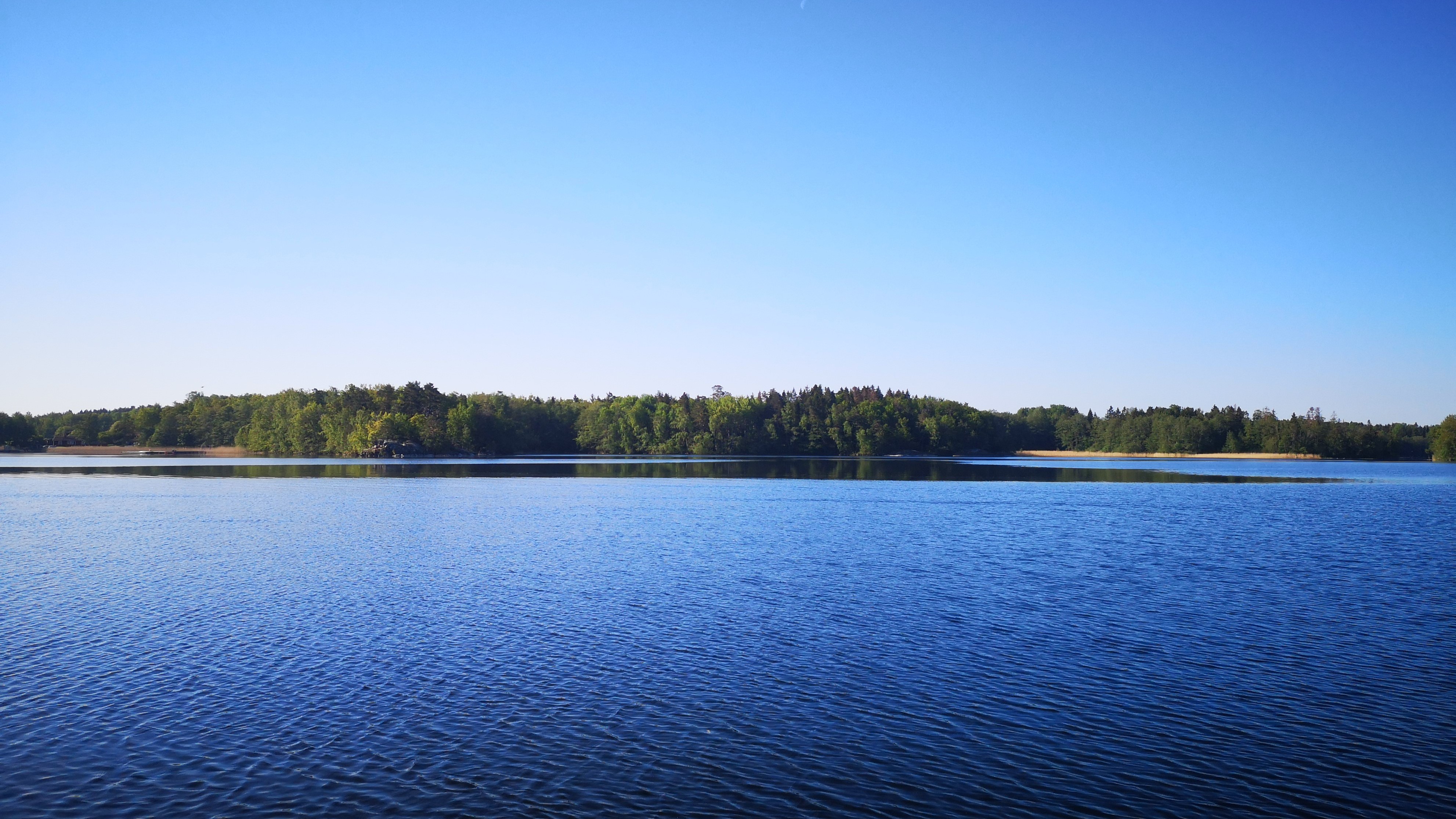Natural biological surfactants are ubiquitous at the air-water interface, or the surface microlayer (SML), the uppermost ~1000 µm of surface water. Consequently, surfactants cover ~71% of Earth’s surface and are a principal control of all mass transfer between air and water phases. The accumulation of surfactants in the SML has been found to reduce the air-sea exchange rate of CO2 at the ocean basin scale, but this conclusion cannot be generalised to freshwater systems because relevant studies are absent and given the major contribution of the freshwater system to the global carbon cycle, this is a major omission. This multidisciplinary collaborative study (Newcastle University, UK and Uppsala University, Sweden) aims to address this deficiency by coupling total surfactant measurements in the SML and subsurface water (SSW; ~20 cm depth) with direct gas transfer velocity estimates for CO2 by eddy covariance (EC) at the freshwater Lake Erken.

To investigate surfactant variability at Lake Erken, seasonal field campaigns have been carried out in summer (June 2021), autumn (October 2021) and spring (May 2022); lake ice-cover prevented sampling during the winter. The SML and SSW have been sampled during seasonal lake-wide surveys, and during approximately daily transects within the footprint of the EC tower (located on Malma Island) throughout each campaign. The resulting data set will enable the first-ever assessment of gas exchange across the surface of a freshwater body, as impacted by varying amounts of total surfactant and indices of the organic composition of the total surfactant pool.